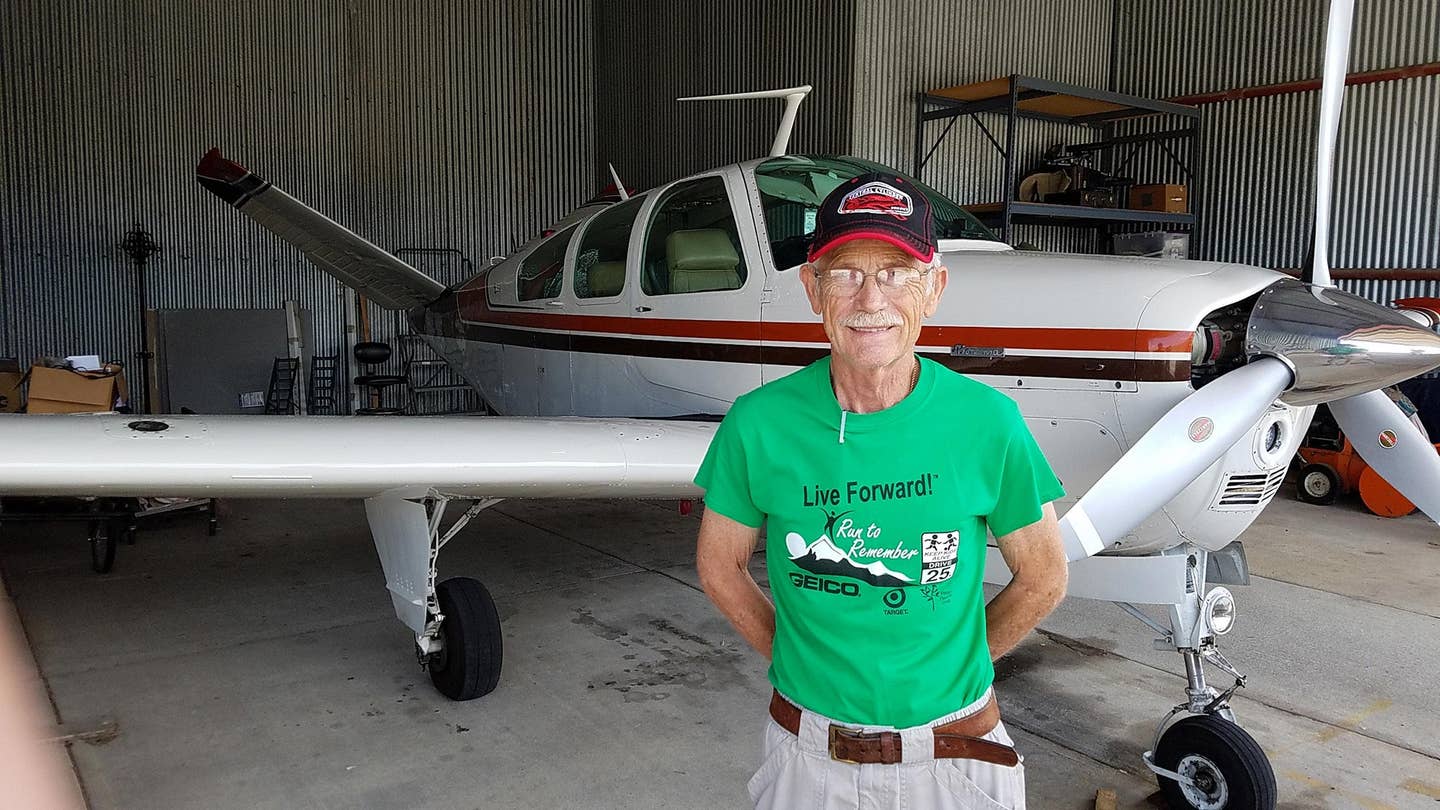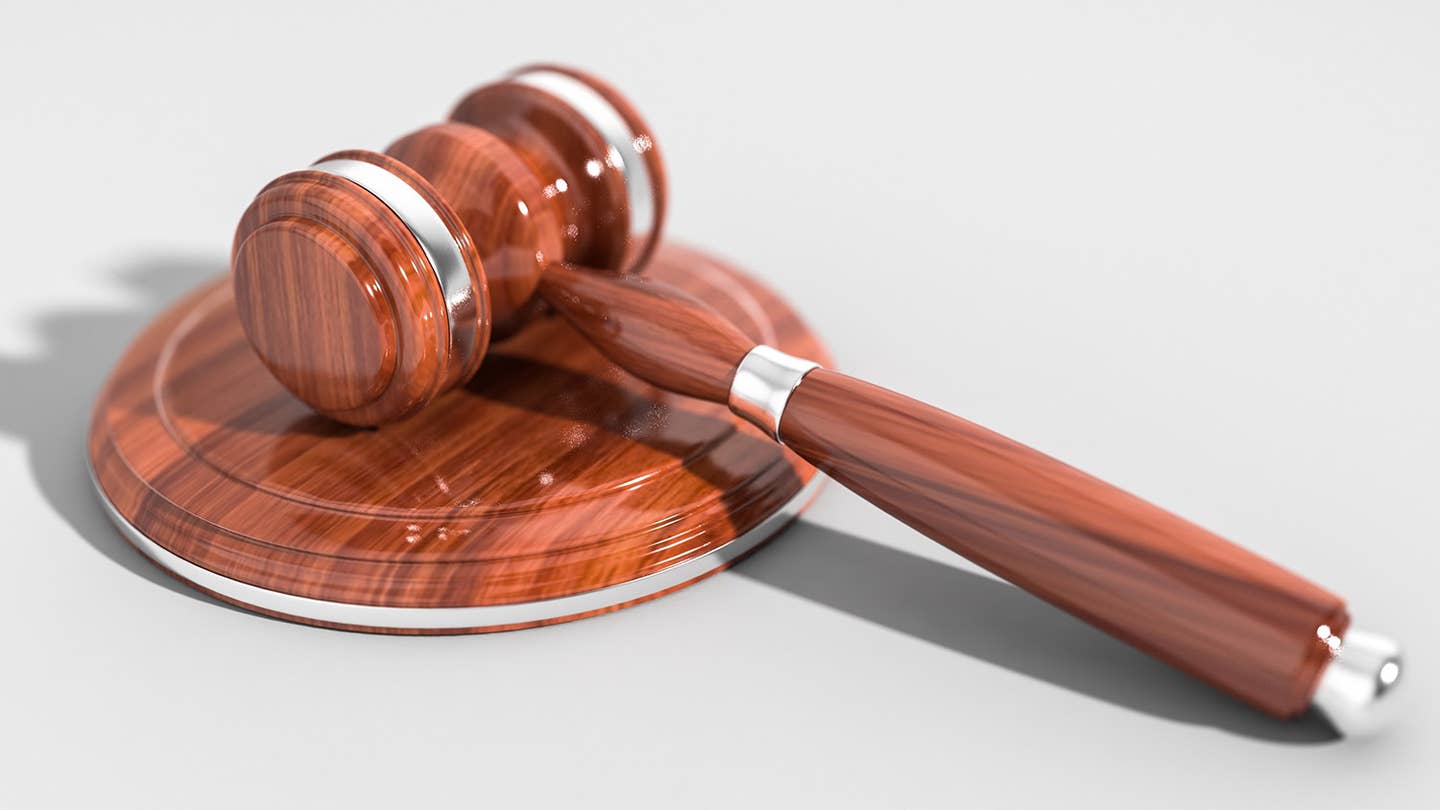
Al Dyczek will fly the Iowa City to Omaha leg of the Airmail100 relay flight in his Bonanza. AirMail100 Project
One hundred years ago today, on September 8, 1920, airmail pilot Randolph Page set off from Long Island to fly the first of 15 legs of the first US Airmail service transcontinental relay flight. Flying by the seat of their pants, with only visual references as their guide, a series of airmail pilots transferred mail bags between their rag and tube machines at stops along the westbound route. Three days later, airmail pilot Eddie Mouton, flying a De Havilland DH-4, touched down at what was Marina Airfield in the shadow of the Golden Gate Bridge and transferred the mailbags to San Francisco’s postmaster, Charles W. Fay, concluding the 2,560-mile historic flight.
An Associated Press wire story from that day said that while the flight arrived 16 hours late, once the new coast-to-coast airmail route was running smoothly, it would shave two full days off of that same East Coast mail being delivered by train.
On September 8, 2020, a volunteer pilot flying a Cessna 182 departed Farmingdale, New York, to begin a commemorative relay flight to honor the courageous airmail pilots who flew that first flight 100 years ago. The airplane will carry mailbags with special commemorative postcards that eventually will be handed off to USPS personnel upon arrival in San Francisco on September 11.
With the encouragement of the Experimental Aircraft Association and its chapters, as well as the Aircraft Owners and Pilots Association, and Smithsonian Institution, AirMail100 Centennial Flights Project pays tribute to the courage, dedication, and determination of the airmail service, recognizing their sacrifices, which included the deaths of nearly three dozen pilots and mechanics in pursuit of American aviation leadership.
Because Marina Airfield is no longer accessible by airplane, the final leg of the relay flight will land at Buchanan Airport (KCCR) in Concord, California. Members of the local EAA chapter are planning a welcoming ceremony during which time the mailbags containing an estimated 5,000 postcards will be nearing the end of their journey westward.
“We think we’ll be able to ferry the mailbags from Martinez Marina, north of Concord by DHC-8 floatplane to Marina Green’s marina,” said Bill Moore, the AirMail100 Centennial Flights Project event organizer. “From there, the mailbags will be hand-carried to the Marina Green park where they’ll be turned over the Postmaster, hopefully at about 2:30 pm, the same time Mouton arrived in San Francisco as reported by newspapers in 1920. If all works out, other tentative events will be a “Missing Man” flyover and the San Francisco Fire Department fire-fighting tugs may offer a water cannon salute.”
Moore added that the successful establishment of regular airmail service between the coasts in 1920 was a technological and human achievement 1that happened seven years earlier than Lindbergh’s solo Atlantic crossing. The pilots who will fly the relay flight 100 years after the first will utilize glass panels, iPads, and other EFB devices, ATC assistance, and the advantage of predictive weather information. Compared to the rag and tube biplanes of 1920, today’s pilots, flying powerful modern general aviation aircraft, could make the coast-to-coast trip much faster than in 1920 if they so choose. But the routing and flight times of the centennial relay flight have been calculated to follow the original flight’s schedule as much as possible.
Some of the makes and models that are scheduled to fly the 2020 relay flight as primary or backup include the Cessna 150, 172, 177, 182, and 195, Piper PA-28 Cherokees, Beechcraft Bonanzas, Van’s Aircraft RV-8 and RV-10, a pair of Navions, a Rans S-7 Courier, a Ryan L-17B and a Beech 18.
“When I plotted out their route on Google Earth from the landmarks listed in the Post Office’s 1921 Pilots’ Directions New York - San Francisco Route pamphlet, I tried to fly the entire 2,560 miles in ‘airplane’ mode,” Moore said. “I gained a new appreciation for what they accomplished. Despite having bright yellow push pins to guide me across the virtual landscape, I got lost multiple times and crashed twice, once not far from where, ironically, James “Dinty” Moore (no relation) crashed near the Nebraska-Wyoming border in 1923.”
After departure from Farmingdale, the volunteer pilots will make stops in Bellefonte, Pennsylvania; Middlefield and Bryan, Ohio; Joliet, Illinois; Iowa City, Iowa; Omaha and North Platte, Nebraska; Cheyenne, Saratoga and Rock Springs, Wyoming; Woods Cross, Utah; Carson City, Nevada; and Sacramento and Concord, California.
“The curious thing about the Marina Airfield in San Francisco is that it is still there,” Moore added. “It is a long, narrow grassy strip 1,700 feet long, and if it were a modern paved runway, its ends would be marked by compass headings of 8 and 26. It lies just two miles east of the Golden Gate Bridge on the shores of San Francisco Bay, and was the original Pacific coast terminus of a nearly 2,700-mile route.”
NOTE: In light of Covid-19 restrictions, the organization cannot invite the public to the Marina Green event. It is restricted to Post Office and AirMail100 delegates and any media who care to attend.

Sign-up for newsletters & special offers!
Get the latest FLYING stories & special offers delivered directly to your inbox






